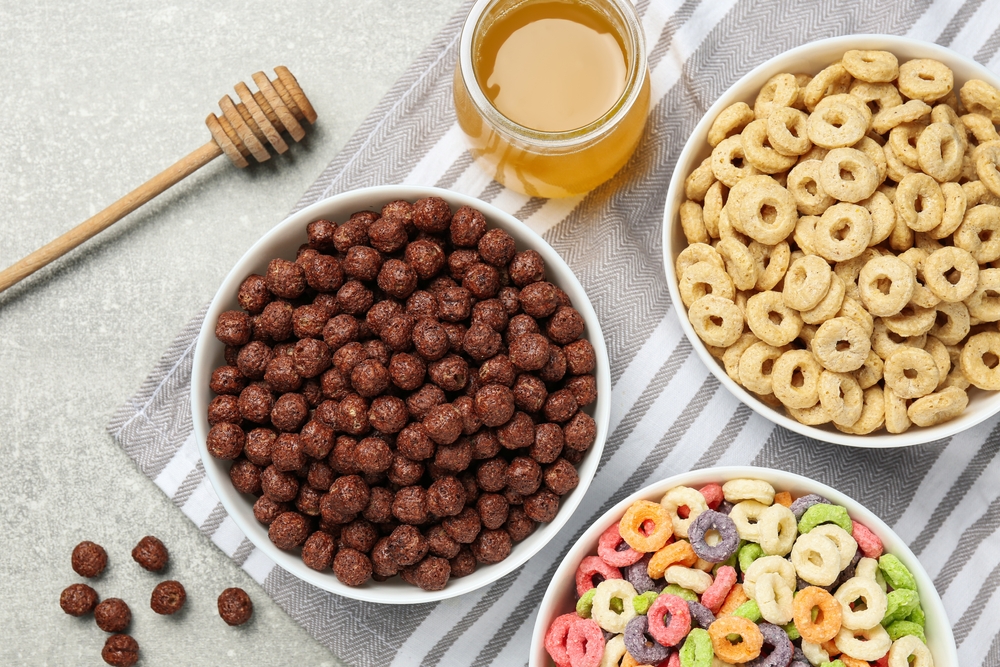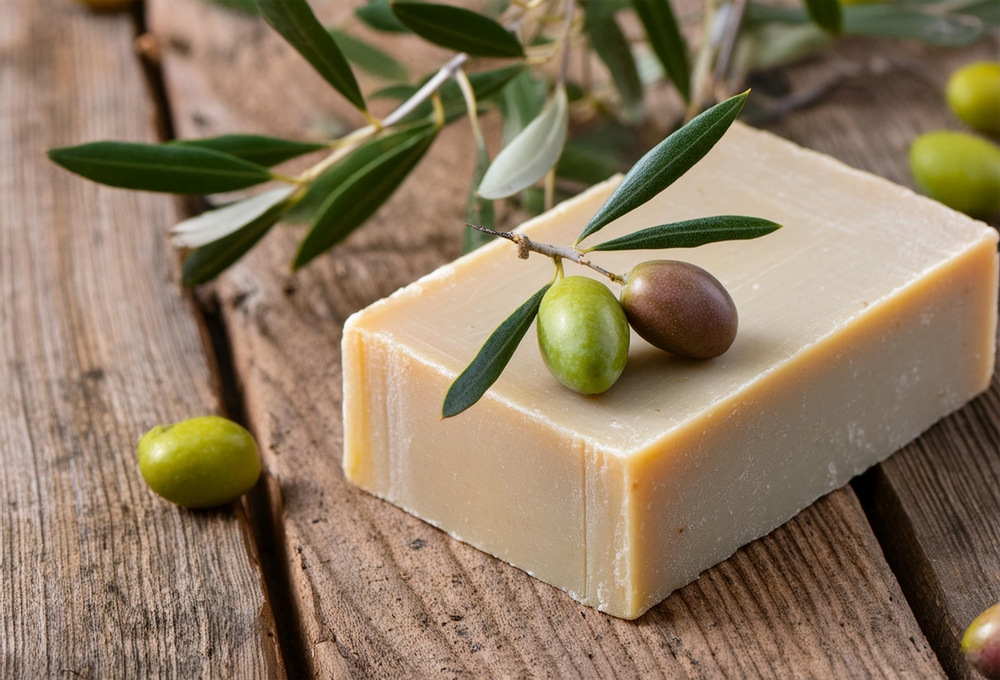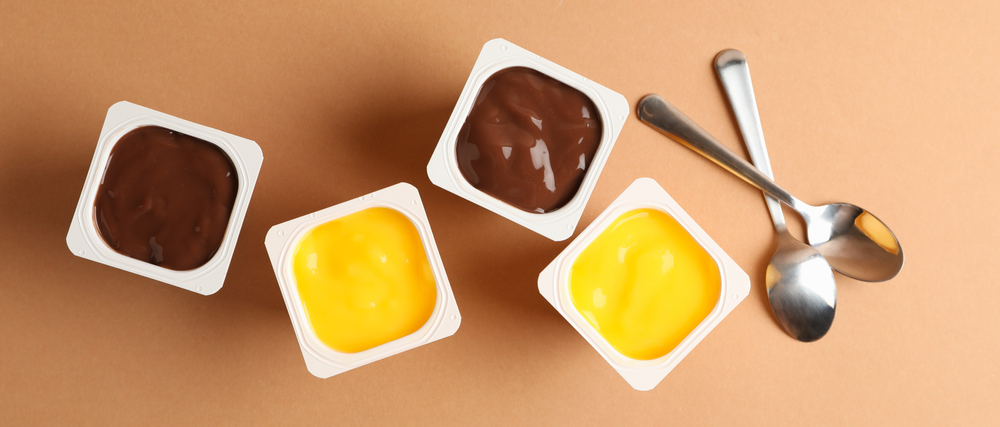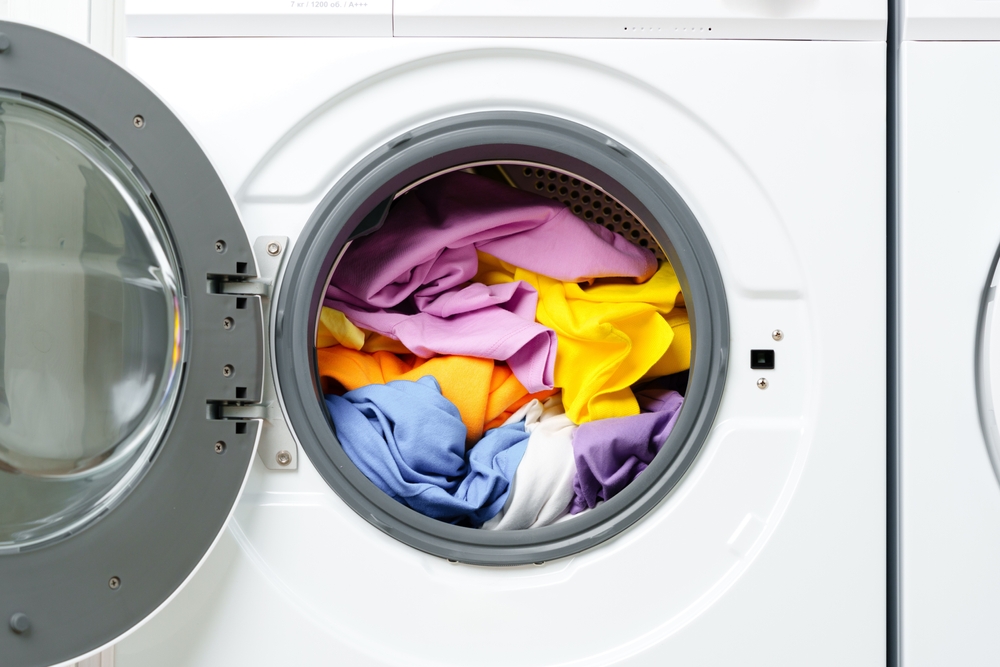In a world where more often feels like less and less often feels like more, you’ve probably noticed that your favorite products have slowly but surely shrunk in size, while their price tags remain unflinchingly unchanged. This subtle phenomenon, cleverly dubbed “shrinkflation,” is a stealthy strategy by manufacturers to combat rising production costs without raising prices. But while your wallet may not immediately feel lighter, your pantry shelf certainly might. Let’s delve into the curious case of products that are downsizing right under our noses.
1. Ice Cream Tubs

Remember when a tub of ice cream was your personal escape plan after a long day? Now, that same tub seems to hold fewer sweet spoonfuls, yet the cost remains surprisingly steadfast. According to a study by the Consumer Reports National Research Center, many popular brands have subtly reduced the size of their containers by up to 25%. This leaves you with just enough ice cream to contemplate the meaning of life—and not much else.
This shrinkage could be due to a variety of factors, from increasing dairy costs to heightened transportation expenses. But you, the savvy consumer, are left wondering if you’ll need to invest in a second tub to meet your emotional needs. Ice cream may still be the perfect comfort food, but it’s becoming a little less comforting when you realize how much less you’re getting. A tub of ice cream is evolving into a miniature indulgence with every passing scoop.
2. Snack Bags

Snack time used to be a joyous occasion—a brief break peppered with generous handfuls of chips or cookies. Now, you might find yourself peering into the crumpled abyss of a snack bag, watching your hopes and dreams drift away like that last crumb at the bottom. This frustrating phenomenon has been increasingly noticeable over the last decade, with many brands opting for less product and more air.
Lightweight packaging claims to be eco-friendly, but let’s face it—the real weight loss is happening on your snack scale. It seems like every year, the “serving size” becomes more of a lofty suggestion than a satisfying reality. As you reach for another bag, you wonder if this is the universe’s way of telling you to curb your cravings. But somehow, it just feels like the universe is getting stingier.
3. Shampoo Bottles

In the realm of personal care, your once-trusty shampoo bottle has slowly transformed into a more compact version of itself. This clever downsizing might seem subtle at first glance, but the real impact hits when you realize you’re repurchasing far more frequently than before. According to Dr. Emily Mitchell, a consumer behavior researcher at Columbia University, companies often shrink packaging to maintain their profit margins without alarming consumers with direct price hikes.
This deceptive reduction in volume leaves you questioning whether your hair has suddenly become insatiably thirsty or if you’re just pouring more money down the drain. As you stand in the shower, contemplating the mysteries of shrinkflation, you can’t help but wonder—was this a strategic marketing move to get you hooked on the feeling of buying more often? Whatever it is, your hair care routine has been irrevocably altered.
4. Chocolate Bars

Indulging in a chocolate bar used to be an event, a delightful moment to savor and cherish. But slowly, those bars have slimmed down, shedding squares like they’re on a strict diet. As the grams disappear, the prices hold their ground, leading to a bittersweet experience that’s more bitter than sweet.
You find yourself questioning which bite to savor, as each one feels increasingly precious. Some might argue it’s a health-conscious move, but your taste buds would beg to differ. As the wrappers pile up, you can’t escape the feeling that your sweet escape is getting more fleeting with every iteration. It’s enough to make anyone question their allegiances to their beloved brand.
5. Coffee Pods

If you start your day with a cup of coffee, you might have noticed that your favorite pods are hiding a sneaky secret. Many brands have begun offering fewer coffee grounds per pod, all while charging the same price for their supposedly convenient caffeine fix. Professor Laura Briscoll of Harvard Business School notes that this tactic allows companies to navigate rising commodity costs without consumer backlash quietly.
This subtle reduction leaves you with a slightly weaker brew and a stronger sense of betrayal. The morning ritual you once cherished now feels a little watered down, forcing you to reach for that second pod just to maintain your caffeine levels. As you sip, you can’t help but wonder if it’s time to switch to a French press or invest in a reusable pod that gives you full control over your coffee fate. Because at the end of the day, no one likes diluted dreams.
6. Peanut Butter Jars

Peanut butter—the spreadable joy that makes everything from sandwiches to celery sticks infinitely better. But have you noticed that your jars seem slightly more svelte than they used to? This quiet transformation may have gone unnoticed until you found yourself scraping the bottom earlier than expected, spoon in hand and longing for more.
The shrinking jar phenomenon is another chapter in the epic saga of shrinkflation, as manufacturers reduce quantities to keep up with rising peanut costs. The result is that you’re buying peanut butter more frequently, your pantry never quite stocked as it once was. As your spoon clinks against the glass sooner than expected, you’re left pondering if it’s time to switch to a different brand—or maybe even make your own. Because at this rate, it might be the only way to ensure you have ample peanut butter for your every craving.
7. Toilet Paper Rolls

The humble toilet paper roll, once a steadfastly reliable household staple, has succumbed to the shrinkflation trend as well. You might have noticed that rolls are a bit narrower and sheets a bit shorter, despite the packaging boasting the same number of sheets. An industry analysis by Market Watch reveals that companies are reducing the size of each sheet to manage increased manufacturing costs, all while maintaining the illusion of value.
This downsizing means you’re likely reaching for a new roll sooner than anticipated, leading to more frequent store runs. The once unassuming roll has become a symbol of consumer discontent as you wonder how much smaller it could possibly get. You can’t help but imagine a future where the toilet paper industry embraces transparency, prioritizing full-sized rolls over profit margins. Meanwhile, you better stock up, just in case this trend continues to unravel itself.
8. Breakfast Cereal Boxes

Breakfast cereal, the stalwart of morning routines, has also experienced a subtle shrinkage. Those bright, colorful boxes that once promised endless bowls of crunchy goodness now seem to hold less and less. As the ounces dwindle, you find yourself pouring more to achieve the same level of morning satisfaction.
This steady attrition of your cereal stash means you’re hitting the grocery store aisles more often, wallet in hand. Meanwhile, the price per box remains tenaciously unchanged, creating a disconnect between cost and content. It’s enough to make you consider becoming a breakfast renegade, ditching the cereal altogether in favor of more substantial morning fare. Because at this rate, your first meal of the day may not be as filling as it once was.
9. Soap Bars

Soap bars, those trusty companions in cleanliness, have quietly joined the ranks of products that have been downsized. You may have noticed that your favorite bar seems to wear down more quickly than it used to, leaving you with a sudsy sliver far sooner than expected. This shrinkage, often masked by decorative packaging, is yet another tactic employed by manufacturers to balance rising costs.
As you lather up, you wonder whether it’s time to switch to a more substantial soap or even explore the realm of liquid alternatives. The shrinking bar leaves you pondering if the promise of cleanliness has been diluted over time. Each wash becomes a reminder of how the mundane has become yet another battleground of consumer economics. As you rinse, you’re left contemplating the true cost of staying clean.
10. Juice Cartons

Juice cartons, once the epitome of morning vitality, have experienced a quiet contraction. You might have noticed that your favorite OJ seems to be disappearing faster than before, with cartons sneaking in a few ounces less than they used to. Despite this reduction, prices have remained steadfast, leaving you thirsting for more.
This downsizing is masked by clever packaging and bright branding, distracting you from the fact that your morning refreshment is getting more scarce. As you pour your morning glass, you wonder if it’s time to switch to whole fruit or perhaps invest in a juicer. Because at this rate, your daily dose of vitamin C is becoming more of a tease than a treat. The quest for morning vitality continues as you navigate the shrinking landscape.
11. Yogurt Cups

Yogurt cups, those convenient go-to snacks, have also succumbed to shrinkflation. You may have noticed that your favorite brand now offers a few grams less, leaving you with a somewhat emptier spoon. This quiet reduction is yet another example of manufacturers trying to maintain their bottom line without altering price points.
As you scrape the bottom of your cup, you wonder if it’s time to switch to larger tubs or homemade varieties to truly satisfy your cravings. The shrinking cups leave you with a lingering sense of dissatisfaction, as if each spoonful is a reminder of what you’re missing. It’s enough to make anyone ponder whether loyalty to a brand is worth the cost of a lighter snack. Meanwhile, you continue your quest for fulfillment, one yogurt cup at a time.
12. Laundry Detergent Bottles

Laundry detergent bottles, those unsung heroes of household chores, have gradually shrunk in size. The once robust bottles now offer fewer loads, even as prices hold steady. This subtle reduction has made its way into homes nationwide, leaving consumers with less clean clothes per purchase.
As you pour out another capful, you can’t help but wonder if it’s time to switch to bulk purchases or eco-friendly alternatives. The shrinking detergent bottle becomes a symbol of consumer resilience in the face of inevitable changes. Each load of laundry becomes a reminder of how the basics have become a battlefield of economic strategy. As you fold your clothes, you consider the true cost of freshness.
13. Instant Noodles

Instant noodles, the quick and easy meal solution, have also fallen prey to the shrinkflation trend. You might have noticed that the once robust packages are now slightly less satisfying, with fewer noodles per serving. Despite this reduction, the price remains unchanged, making each meal feel a little more like a tease.
As you slurp your noodles, you wonder if it’s time to explore more substantial meal options to truly satisfy your hunger. The shrinking packages leave you with a sense of longing for the days when instant noodles provided a full belly on a budget. It’s enough to make anyone reconsider their go-to quick meal solution. Meanwhile, the quest for a fulfilling, affordable meal continues.
This article is for informational purposes only and should not be construed as financial advice. Consult a financial professional before making investment or other financial decisions. The author and publisher make no warranties of any kind.








